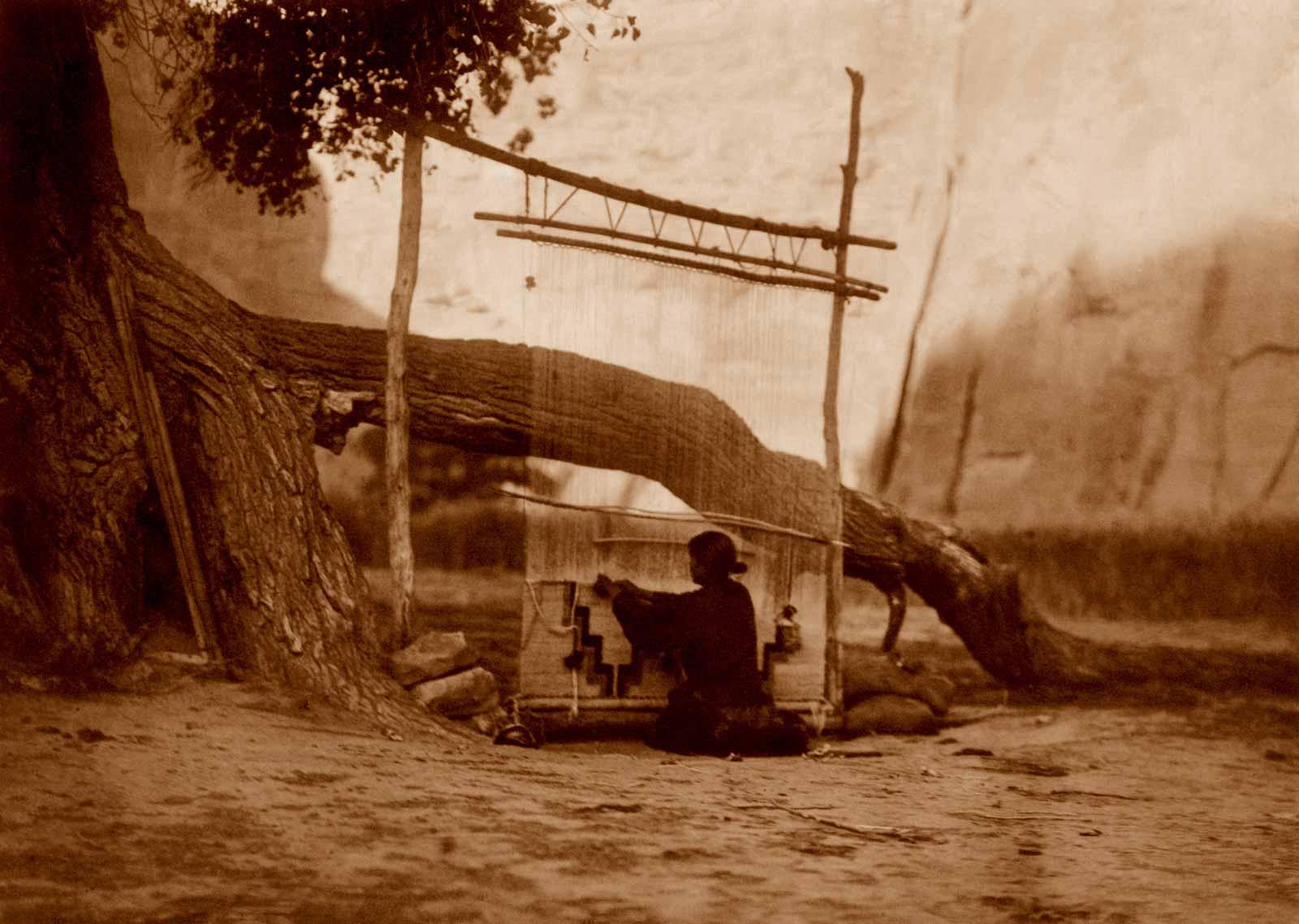During the 30 year project, Curtis managed to create more than 40,000 striking images of Native people throughout the American West, Western Canada, and Northern Mexico and, with the help of his editor, Frederick Webb Hodge, wrote more than 2 million words of original ethnographic text along with transcriptions of nature, language, and music.
Some have criticized Curtis for failing to show the effects of cultural genocide and the destruction Native peoples faced from the effects of colonization, but Cardozo argues that the expense of the project—$35 million in today’s dollars—meant it had to appeal to patrons and collectors, most of whom would not have supported it or purchased photographs of “impoverished people shorn of their traditional culture.” Showing the sad state of Native peoples at the turn of the century was never Curtis’s goal at all.
“By 1900, Native Americans were at an extremely low point physically, culturally, and economically,” Cardozo said. “Curtis was interested in showing America who the Indian really was before all of the destruction visited upon them by the forces of colonization.” He wanted to show America an essential vision of who Native Americans really were and how they had lived.
Curtis has also been criticized for producing the The North American Indian for his own financial gain, but nothing could be further from the truth Cardozo says. “His unwavering commitment to his life’s work literally kept him insolvent for 25 years,” he said. “Curtis never drew a paycheck throughout that period, and he eventually lost everything pursuing his dream: his financial well-being, his marriage, his family, his health, and even ownership of his own copyrights. Ultimately, he died in 1952, unknown and impoverished”
Today, a complete set of his magnum opus can sell for up to $3 million, and while Curtis is one of the most widely exhibited and collected photographers in history, most people are still unfamiliar with the bulk of his work. This was what Cardozo wanted to rectify when he first dreamed of republishing the set back in 1973. But back then, without digital technology, the republication would have been too difficult and too expensive to even attempt.


































